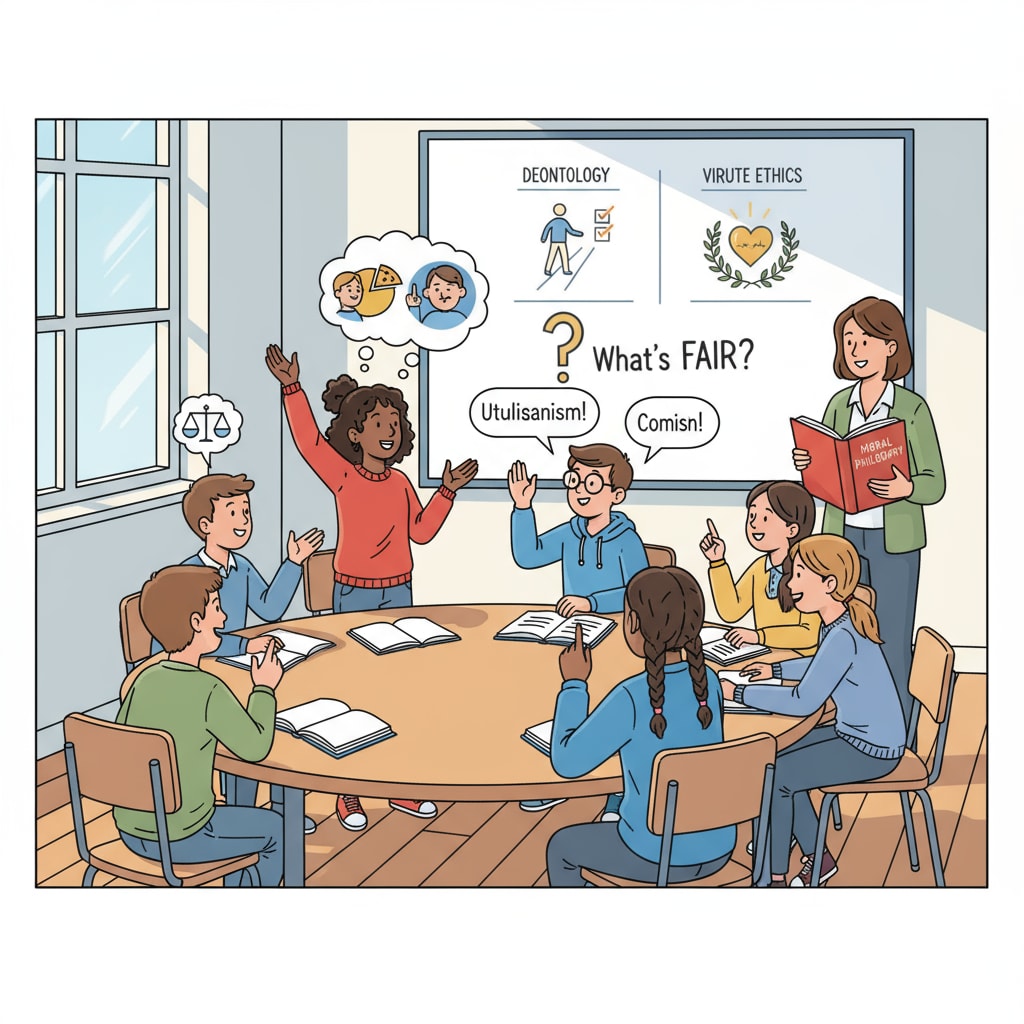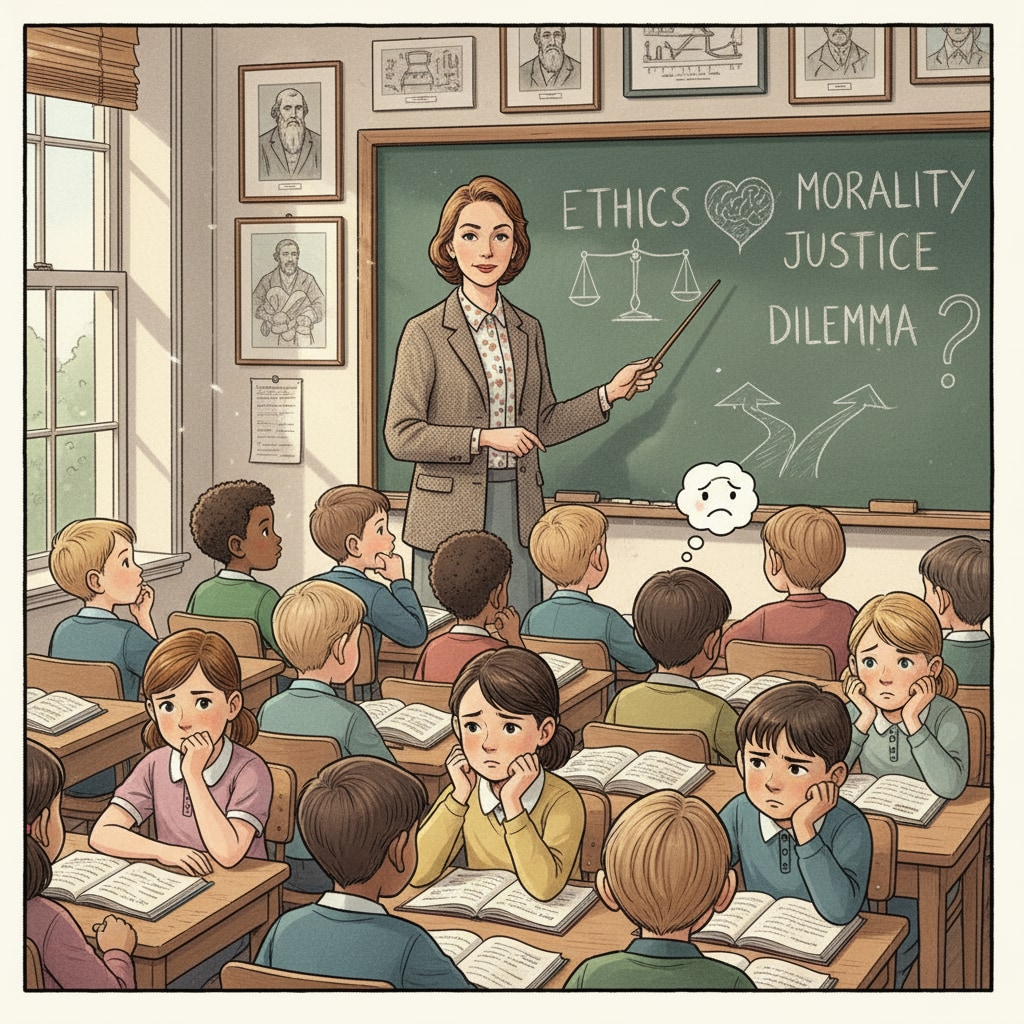Moral relativism, common values, and social differentiation are phenomena that have become increasingly prominent in contemporary society. The once-solid foundation of common moral values is gradually eroding, and moral relativism is presenting a significant challenge, especially in the realm of K12 education. As society diversifies, the question of how to instill a sense of moral compass in the younger generation has become more crucial than ever.
The Erosion of Common Moral Values
In the past, there was a general agreement on a set of common moral values that guided people’s behavior. However, in recent times, social changes, globalization, and the explosion of information have contributed to the breakdown of these shared values. For example, different cultural and subcultural groups have their own ideas about what is right and wrong. This has led to a situation where there is no longer a single, unified moral standard. Moral relativism on Wikipedia explains that moral relativism holds that moral judgments are true or false only relative to some particular standpoint. As a result, the concept of a common moral ground is becoming increasingly模糊.

The Impact on K12 Education
K12 education is at the frontline of this moral shift. Teachers are now facing the difficult task of teaching ethics in an environment where moral relativism prevails. With the lack of a clear, shared moral framework, students may be confused about what is truly right or wrong. In addition, the diversity of values brought about by social differentiation makes it challenging to develop a cohesive moral curriculum. For instance, some students may come from families or communities with values that conflict with what is traditionally taught in schools. This creates a need for schools to find new ways to navigate these differences and still impart a meaningful moral education. Education on Britannica provides insights into the broader context of education in society.

To address these issues, schools need to take proactive steps. Firstly, they should engage in open and honest discussions about different values. By creating a safe space for students to express their views, schools can help them understand the complexity of moral issues. Secondly, schools can incorporate real-life examples into the moral curriculum. This can make the lessons more relatable and help students see the practical application of moral principles. Finally, schools should collaborate with parents and the community to reinforce moral values. A united front between home and school can have a more profound impact on students’ moral development.
Readability guidance: Short paragraphs and lists are used to summarize key points. Each H2 section has a list to present ideas clearly. The proportion of passive voice and long sentences is controlled, and transition words are added throughout the text to enhance flow.


